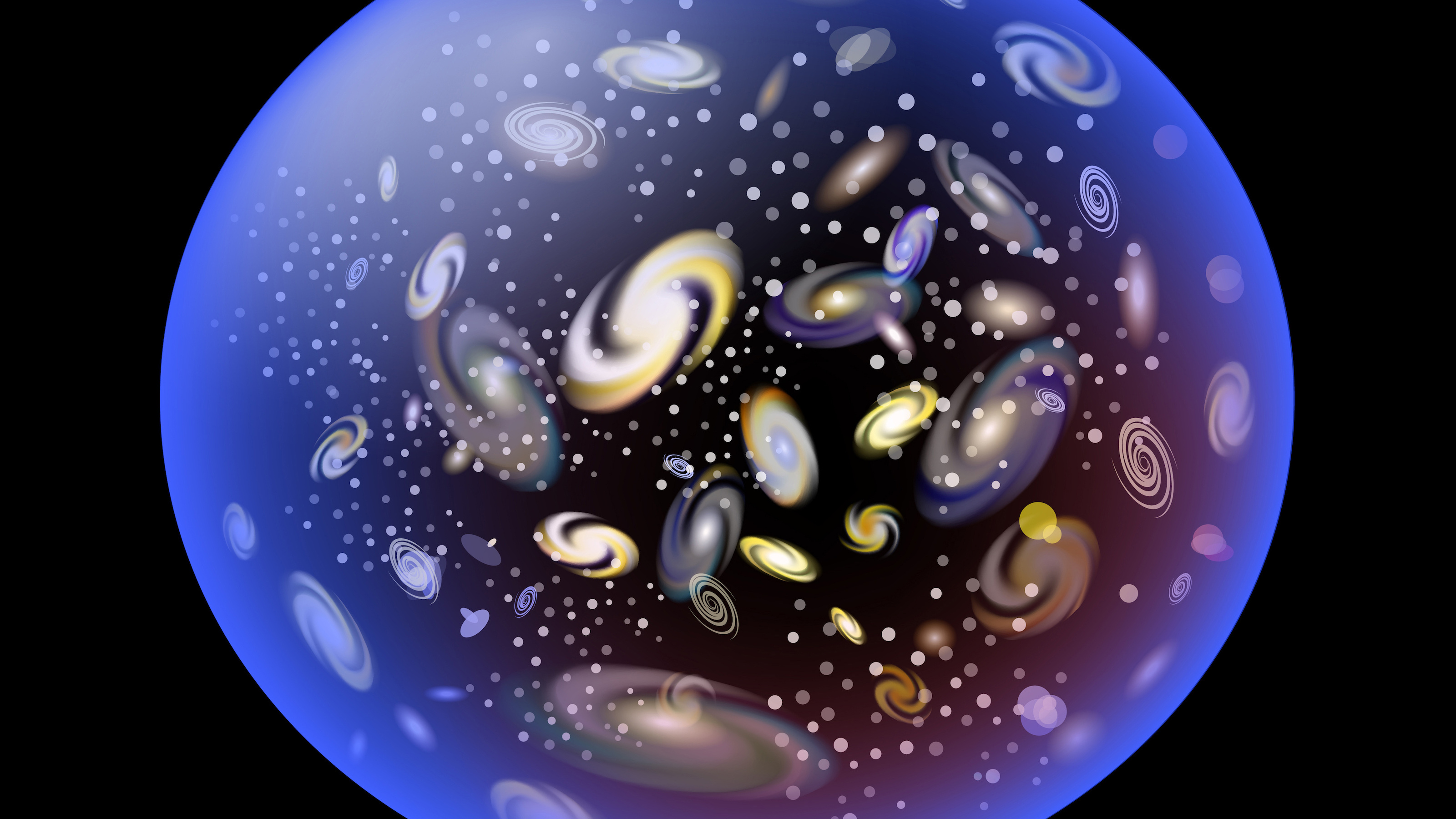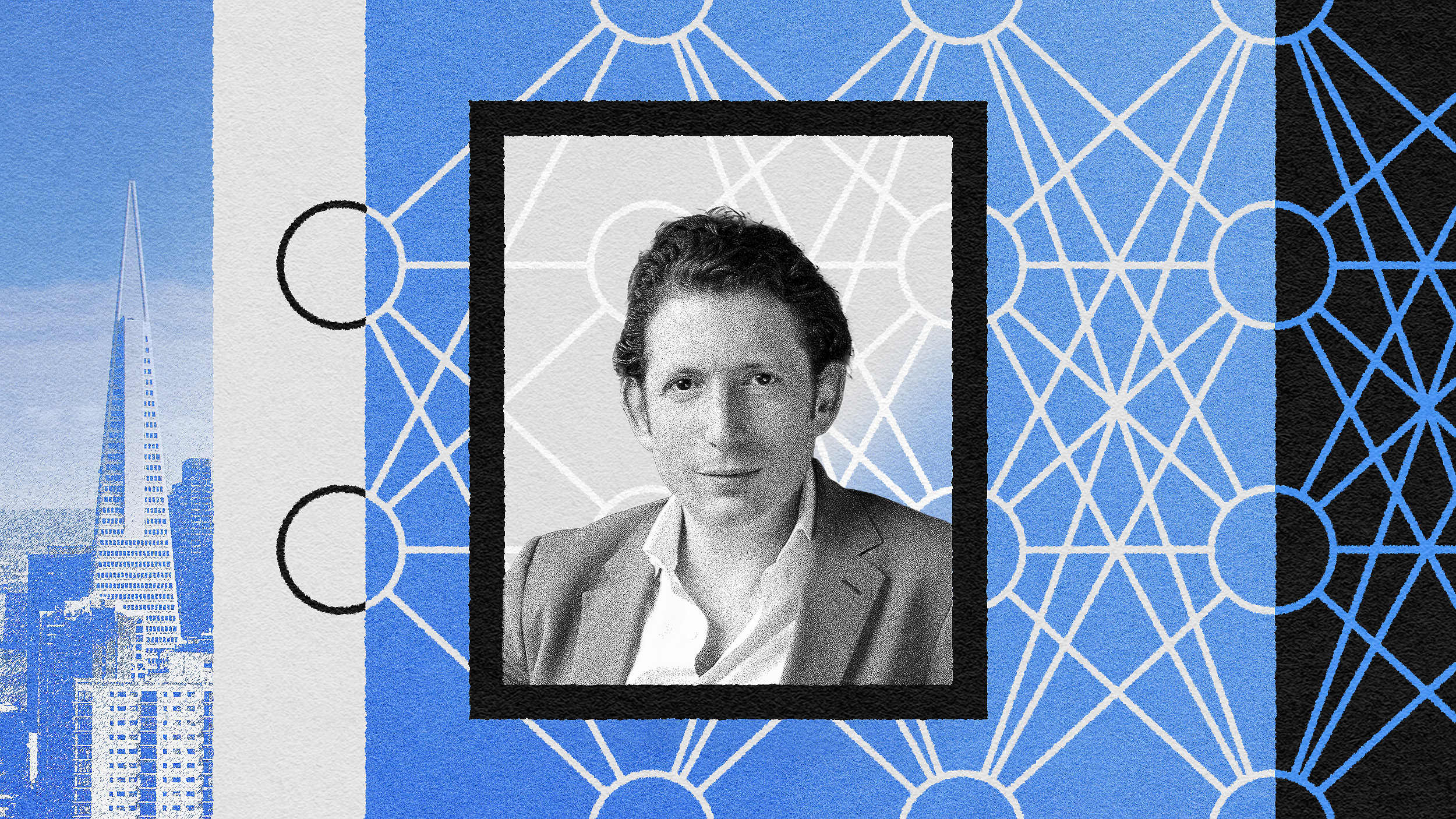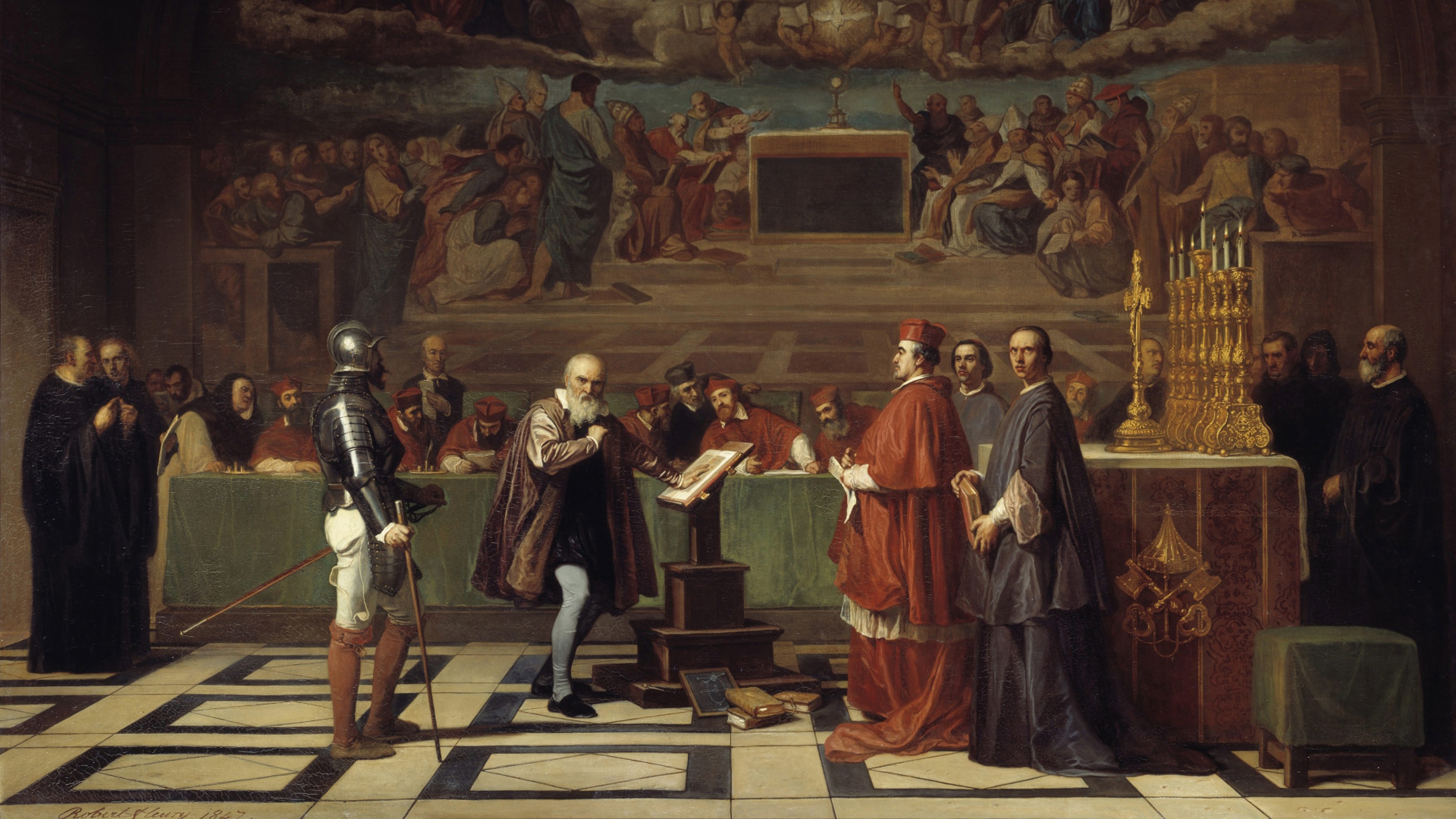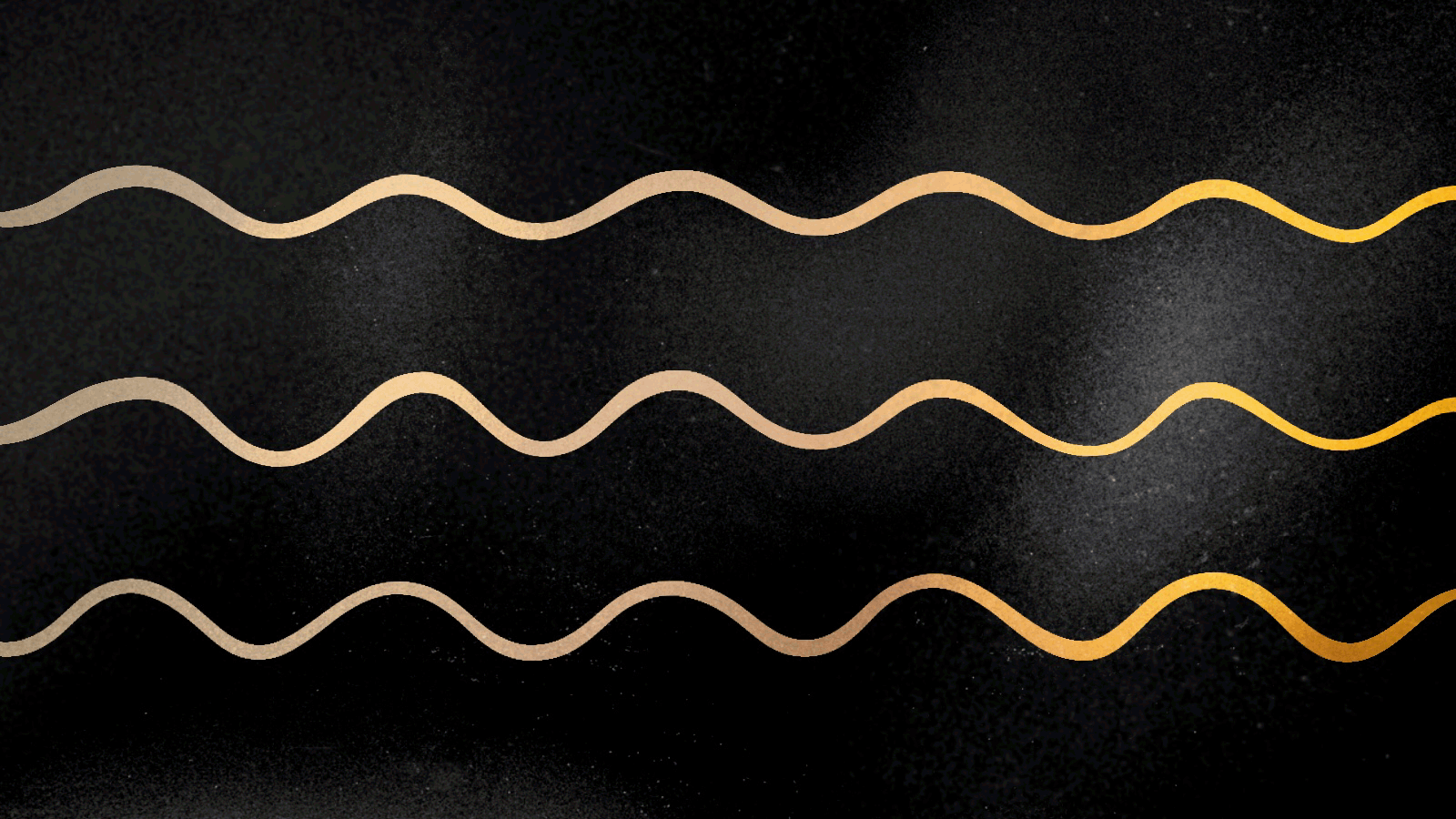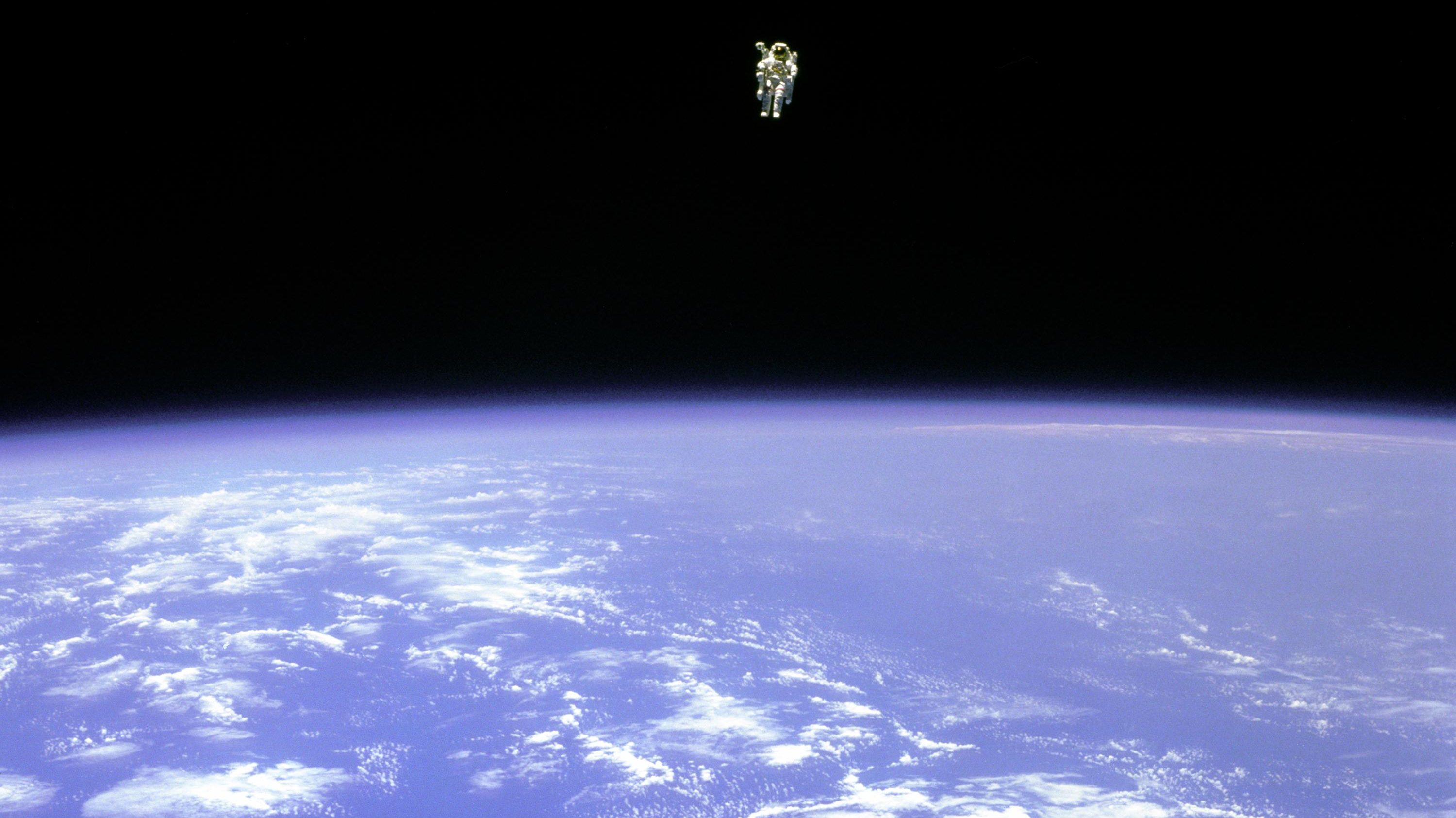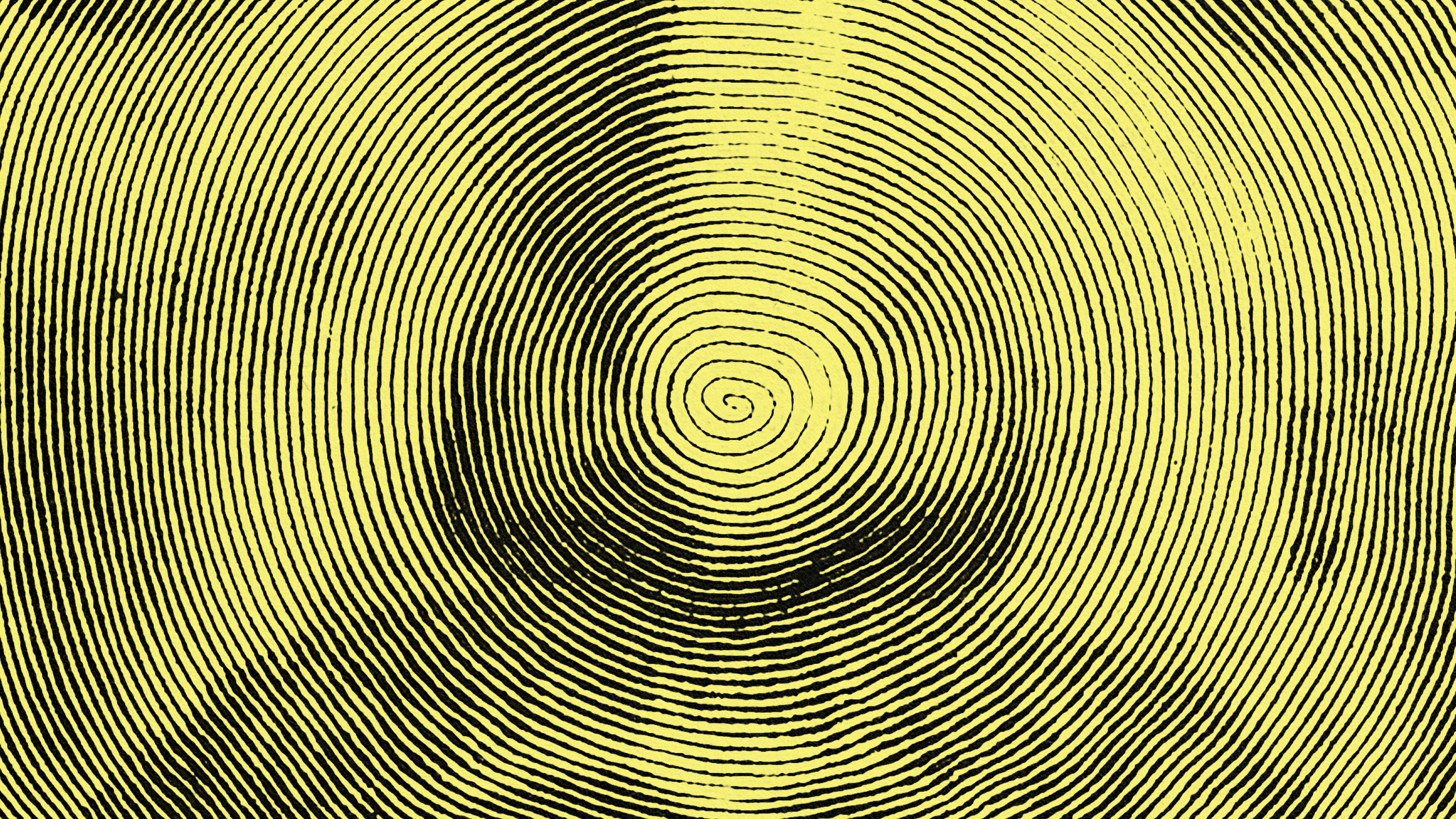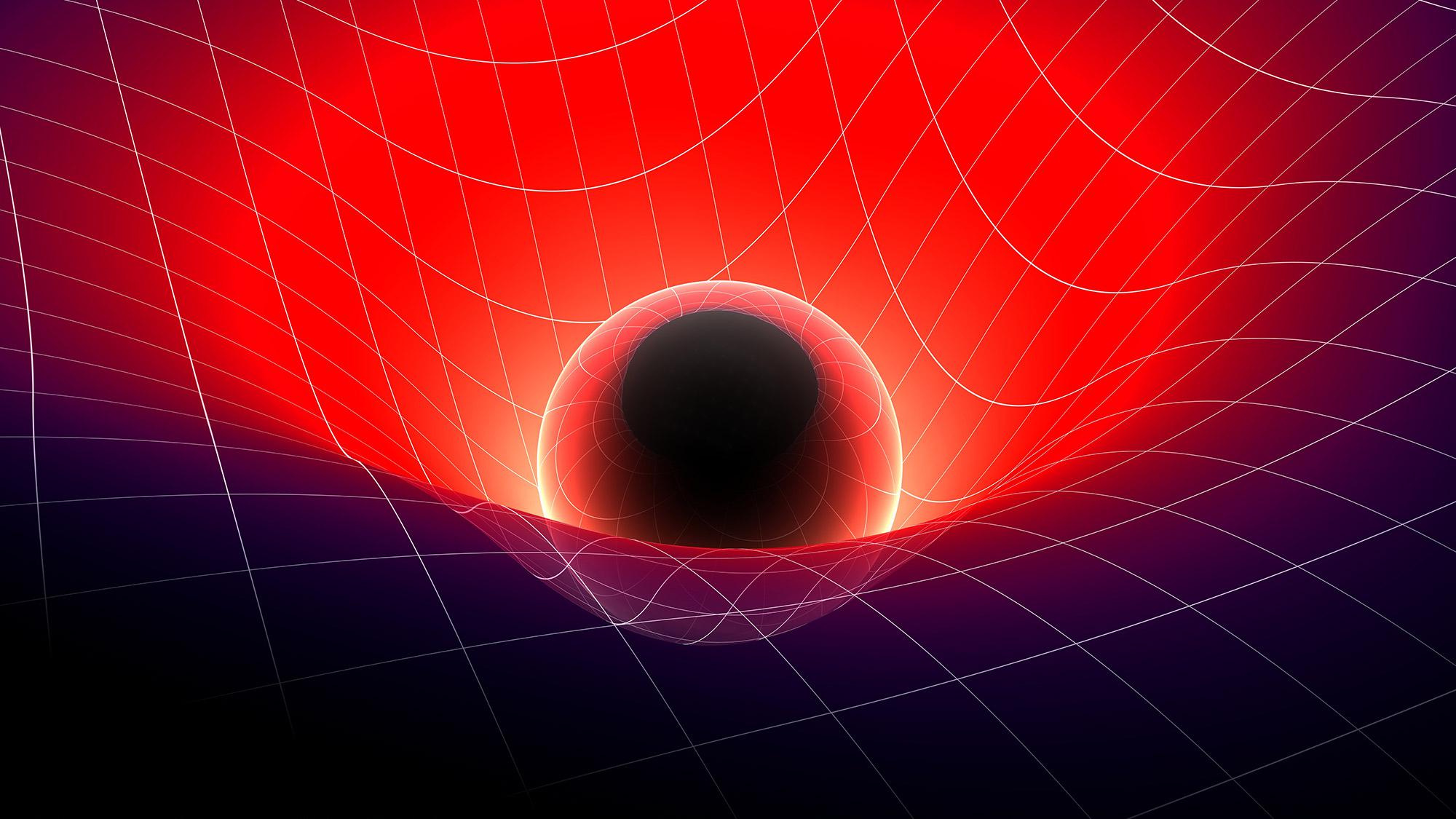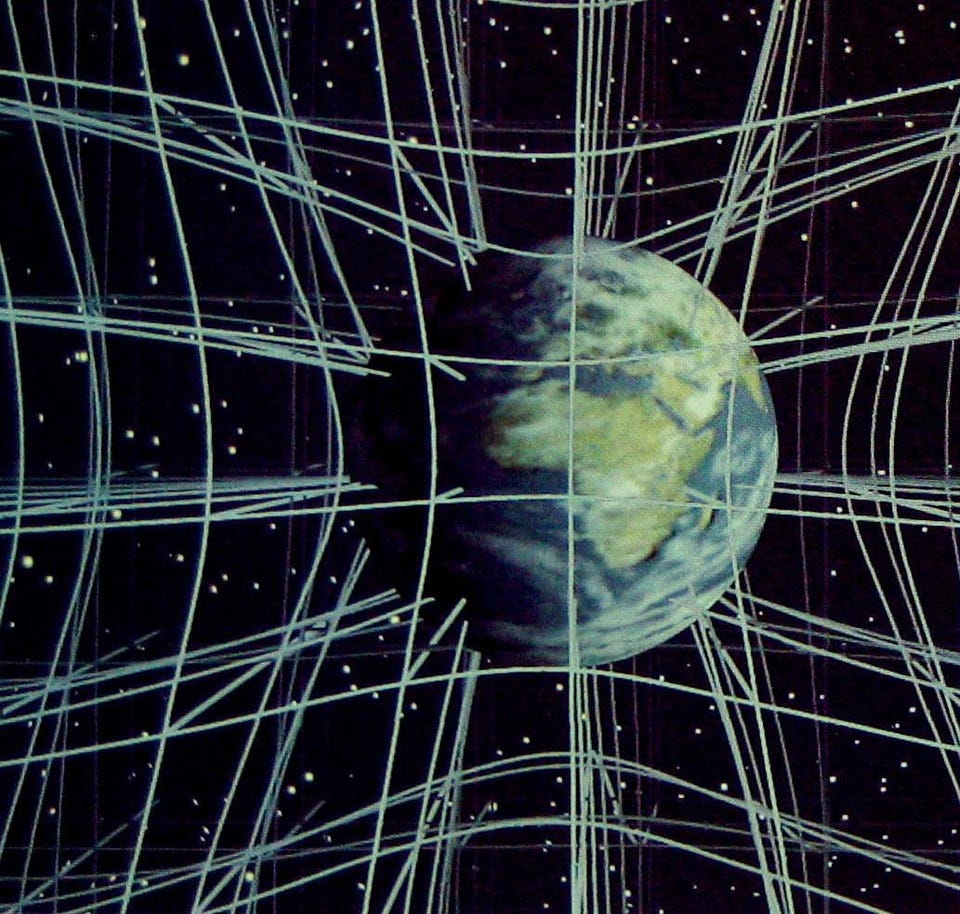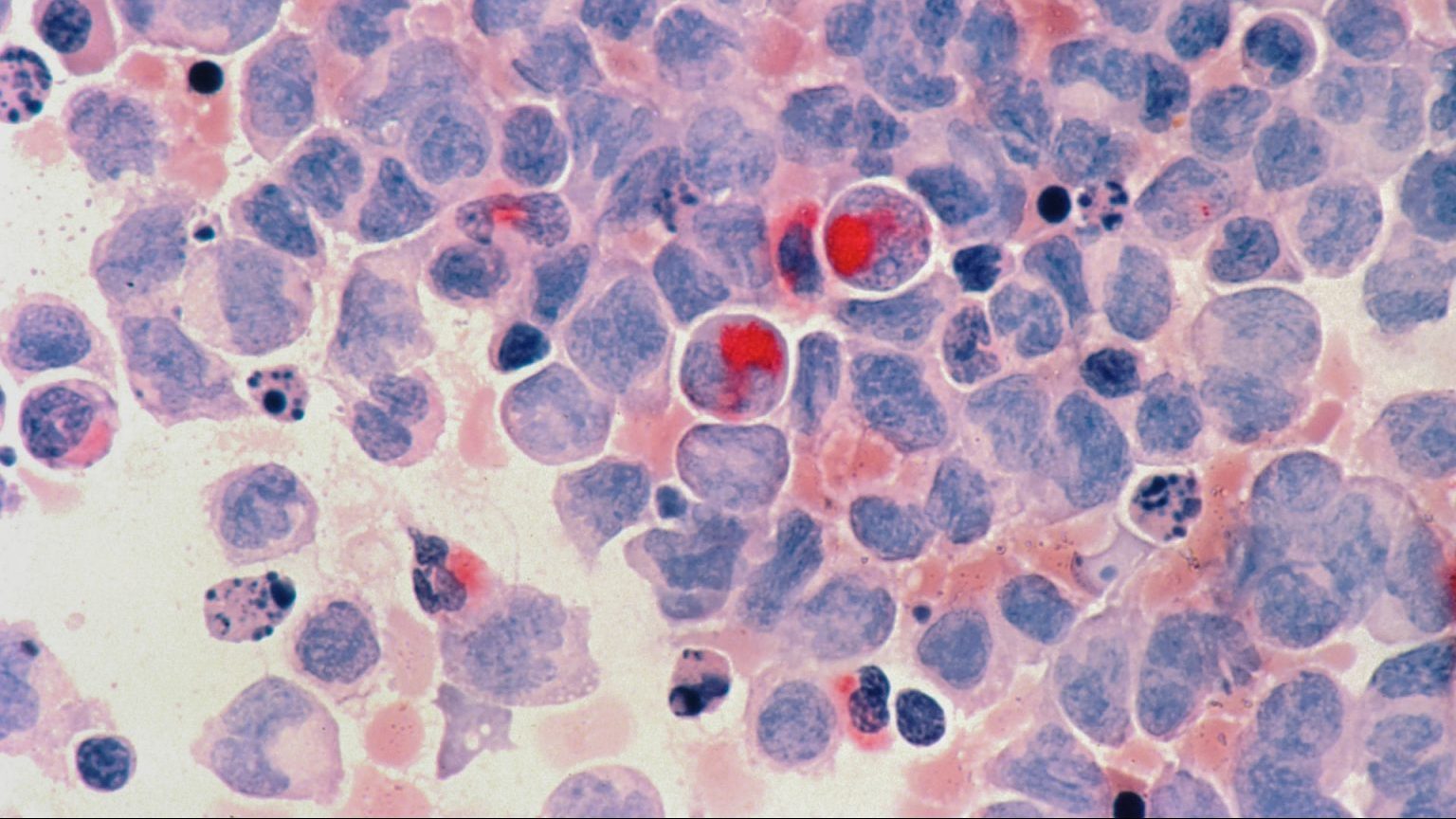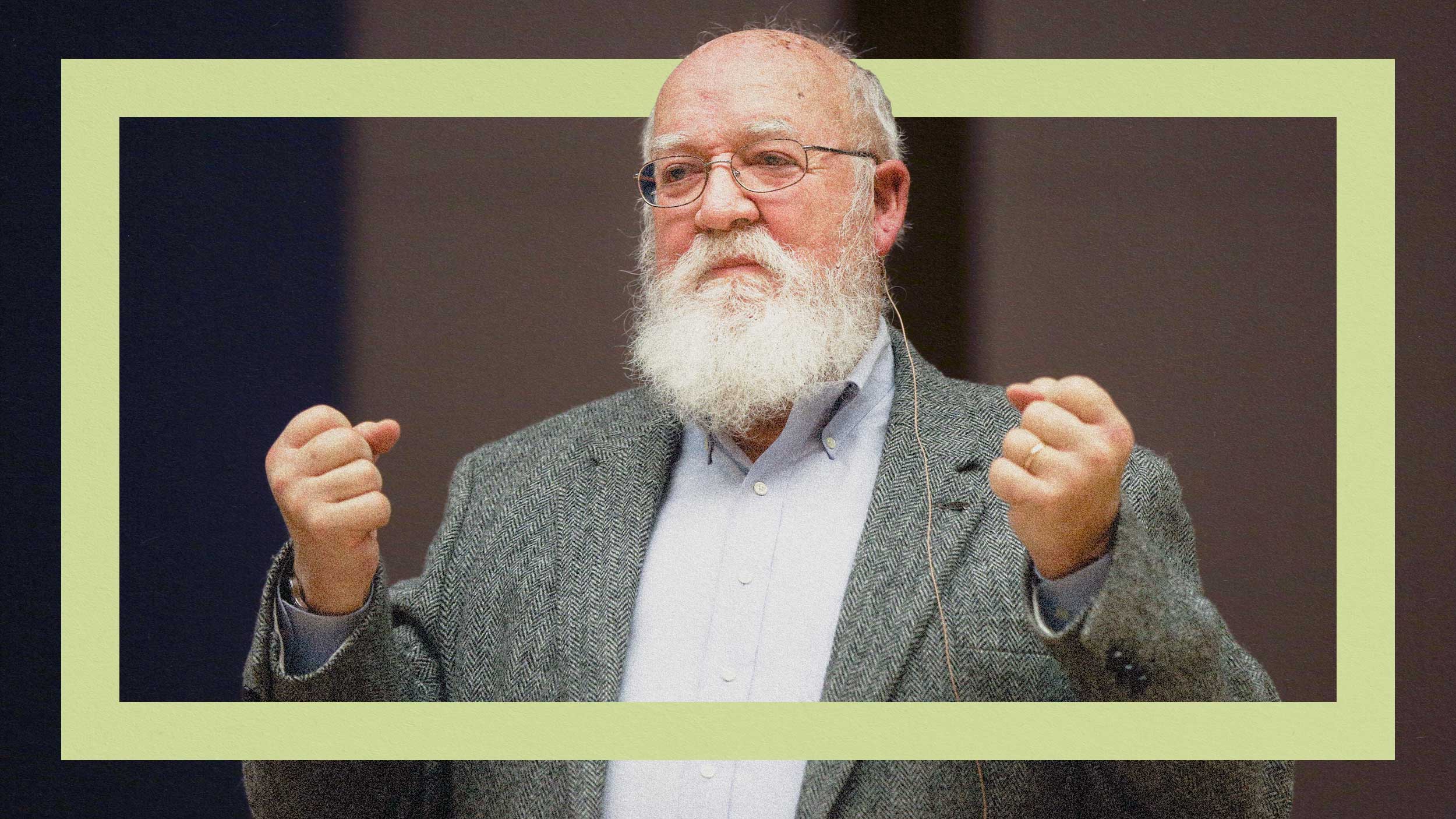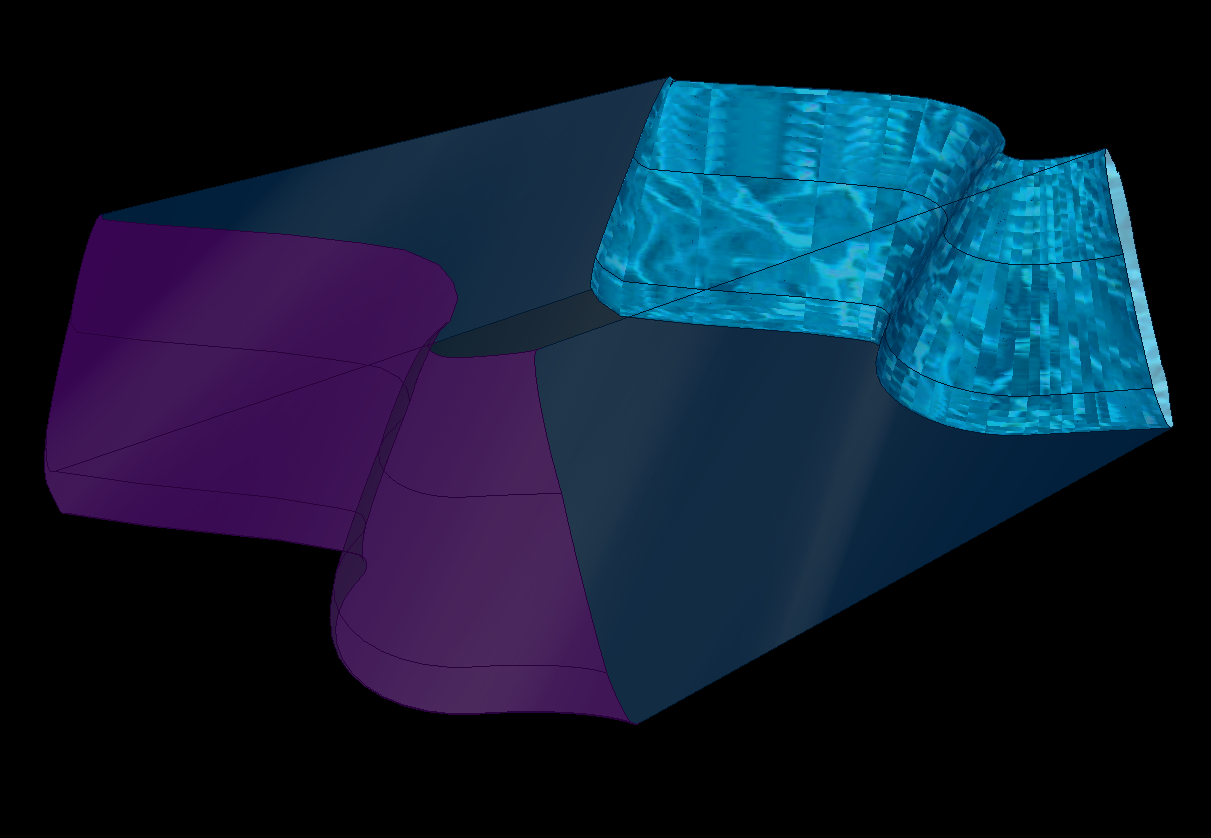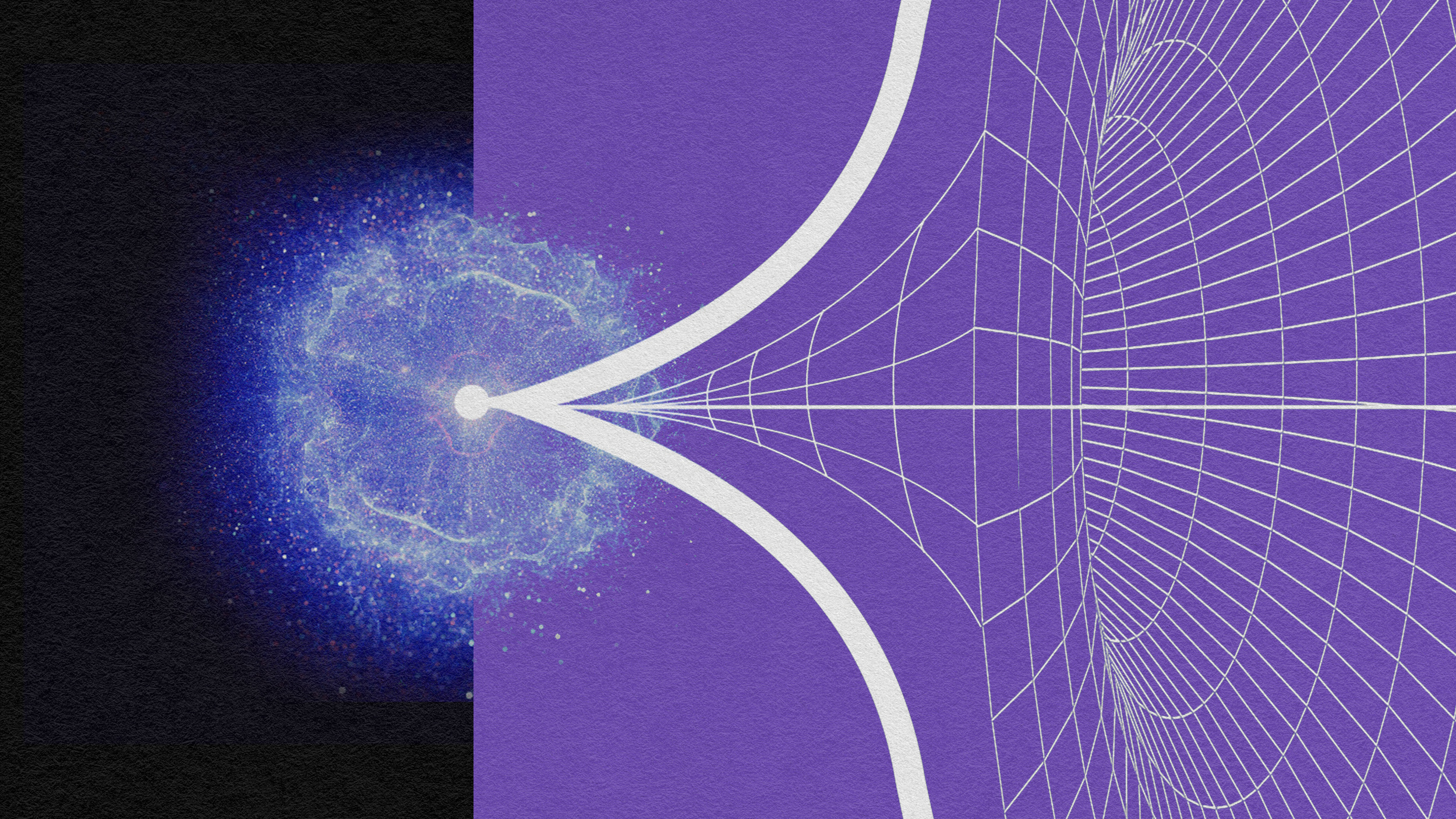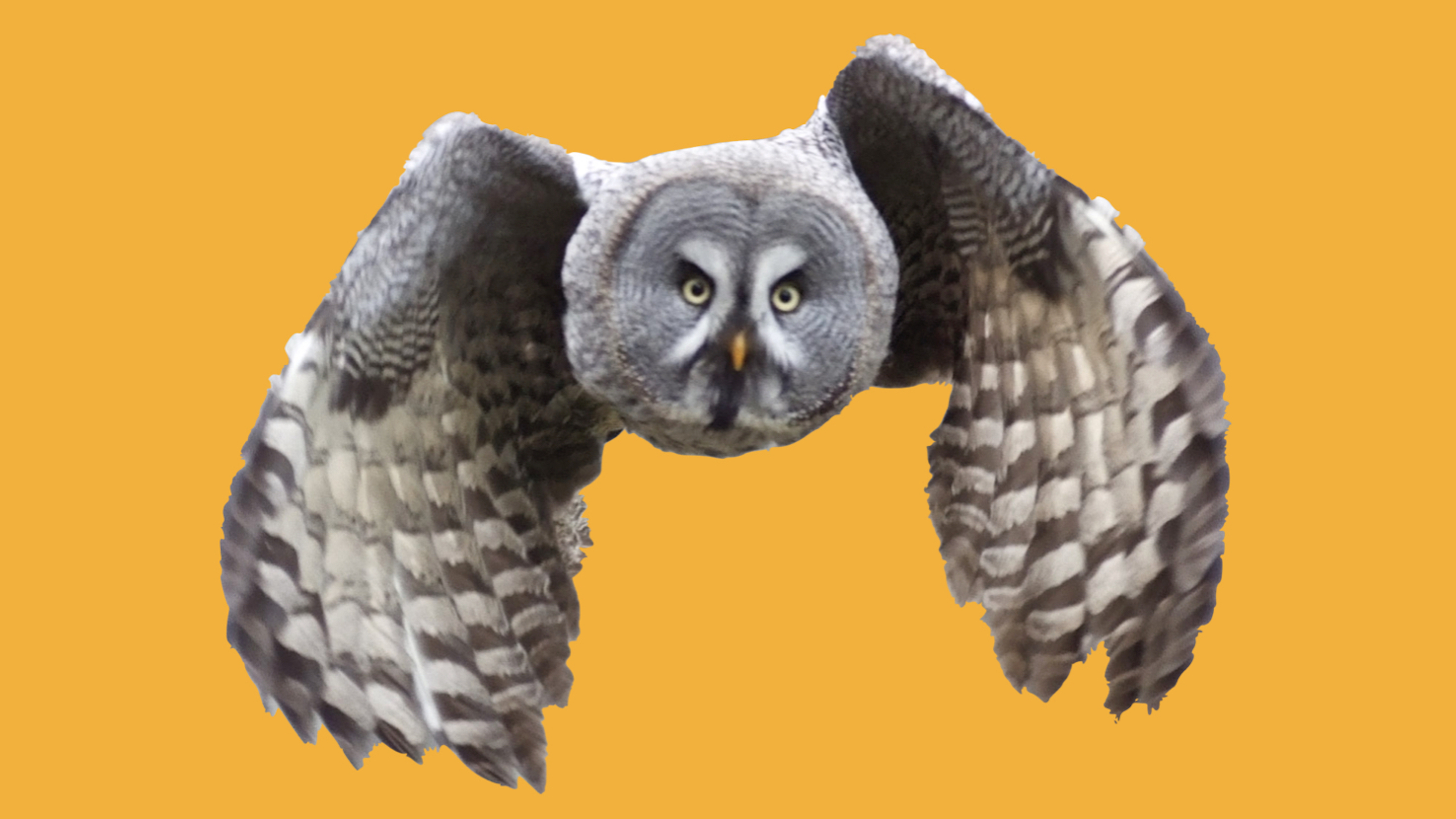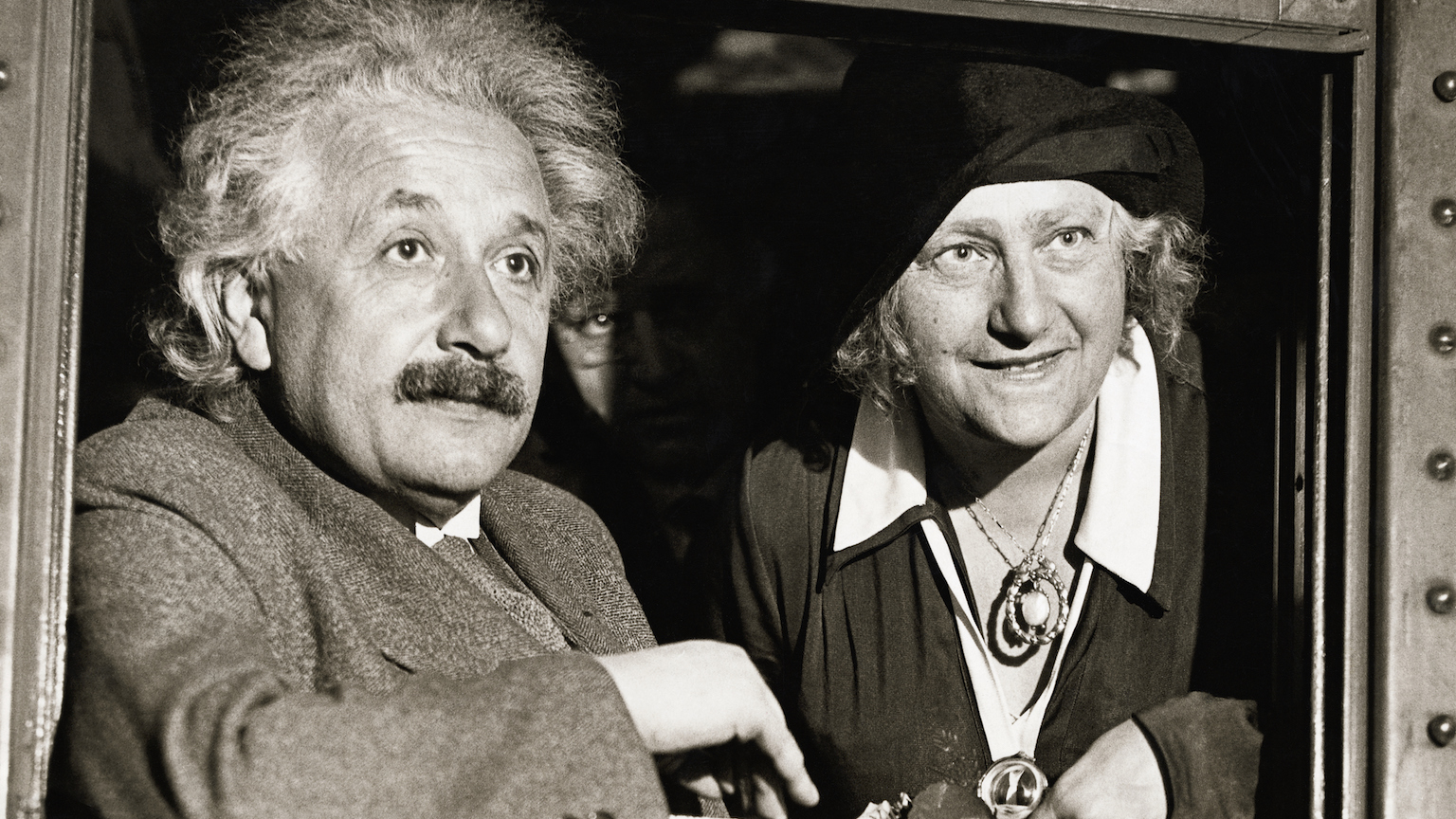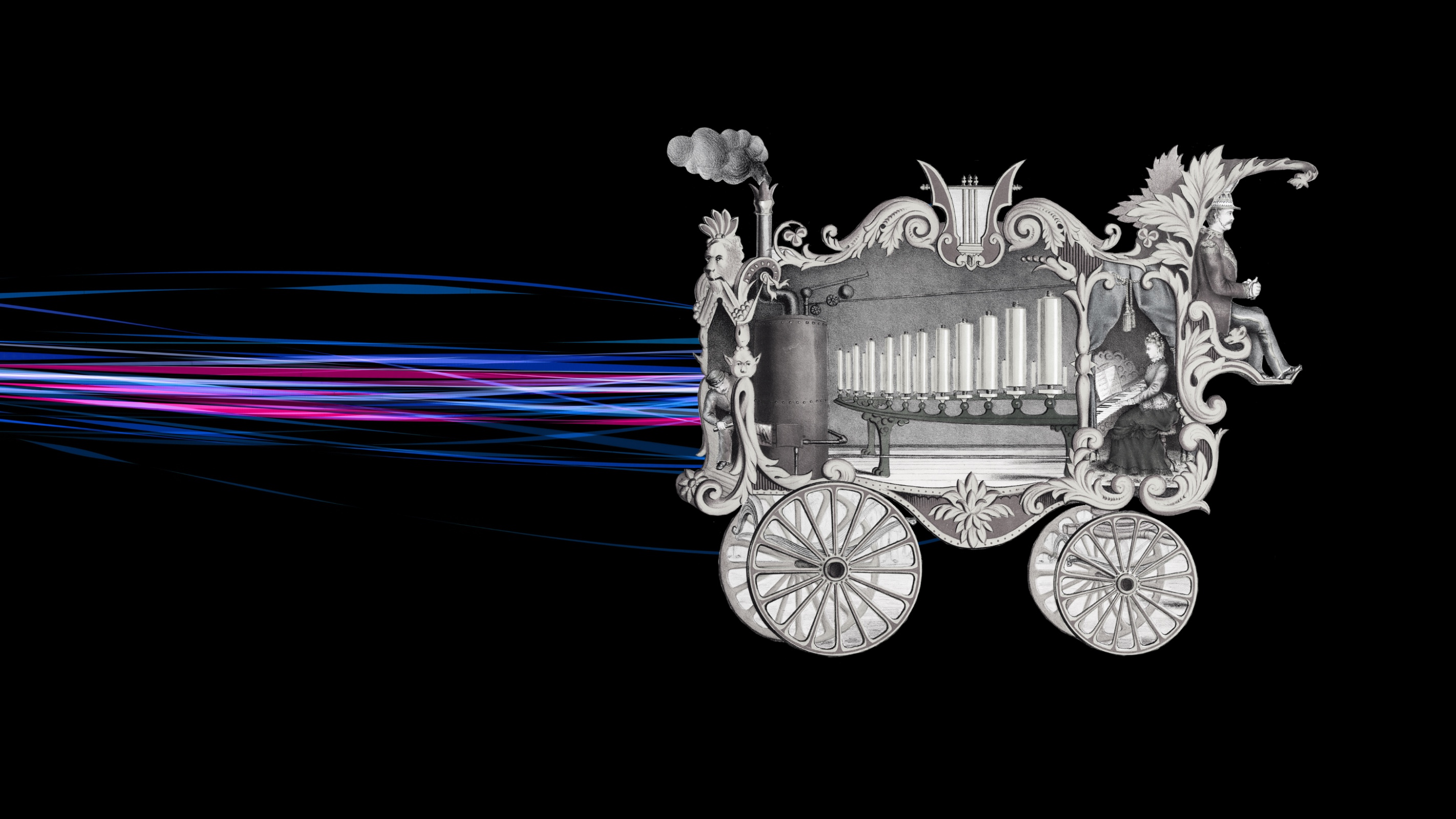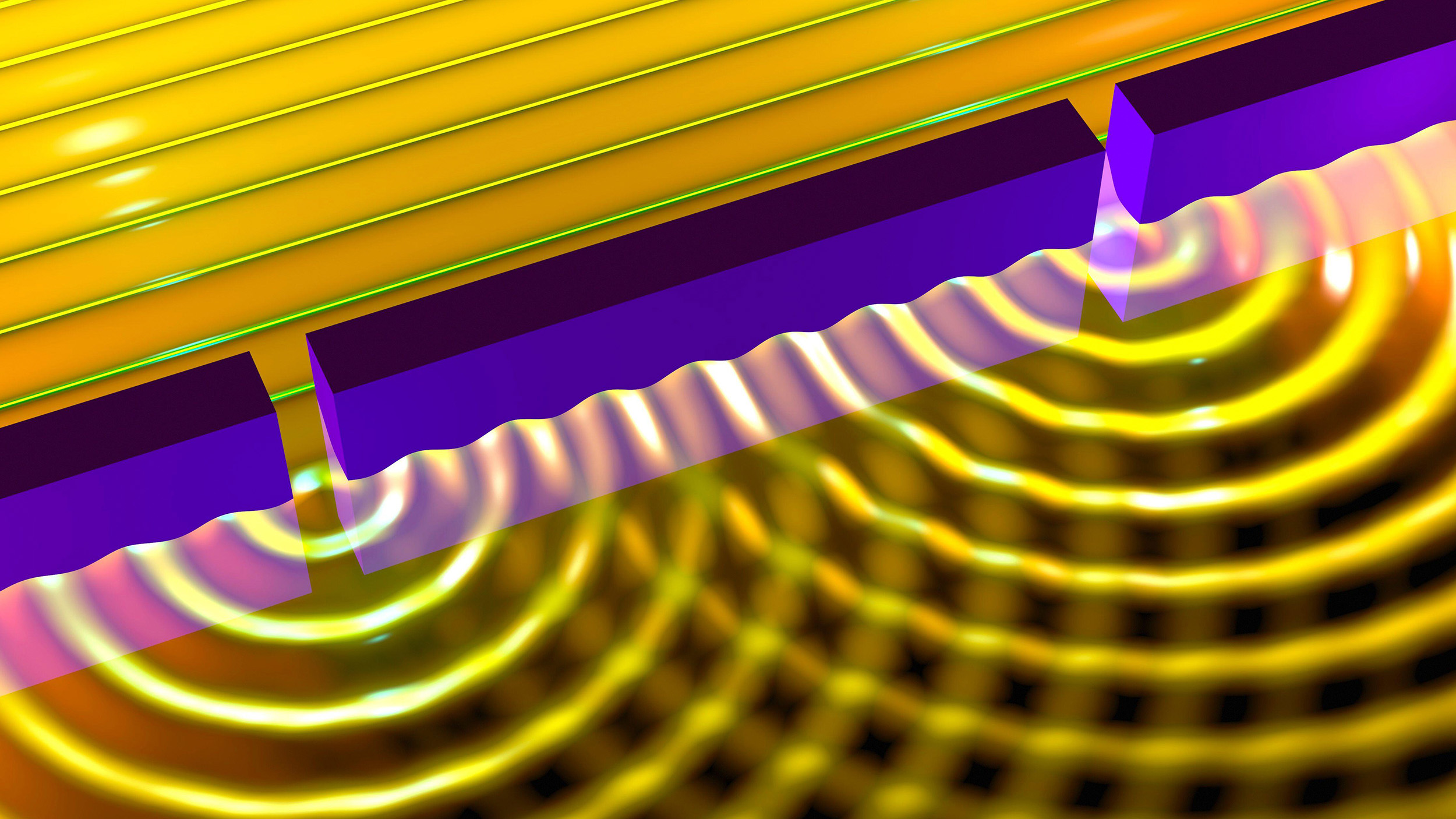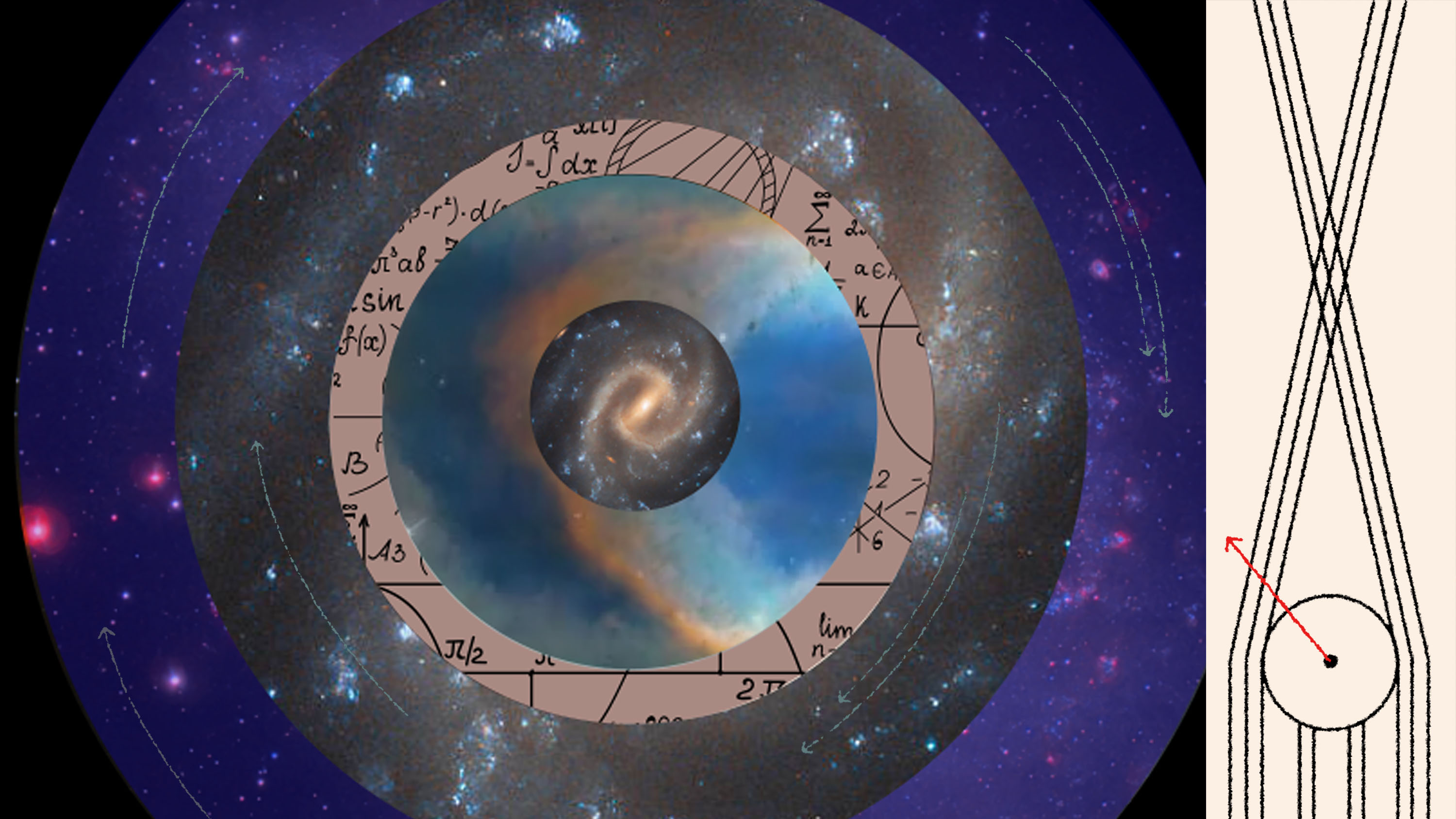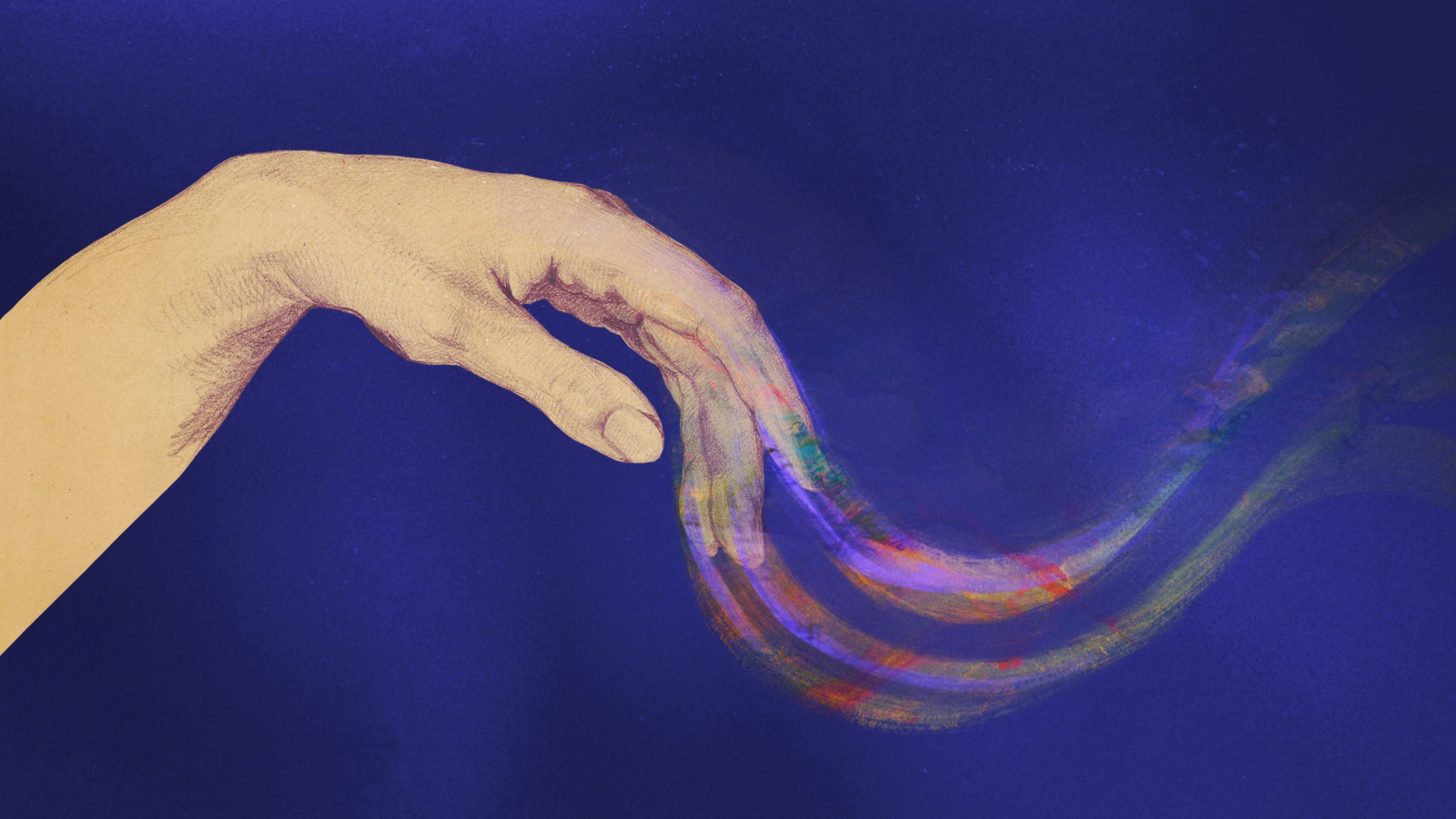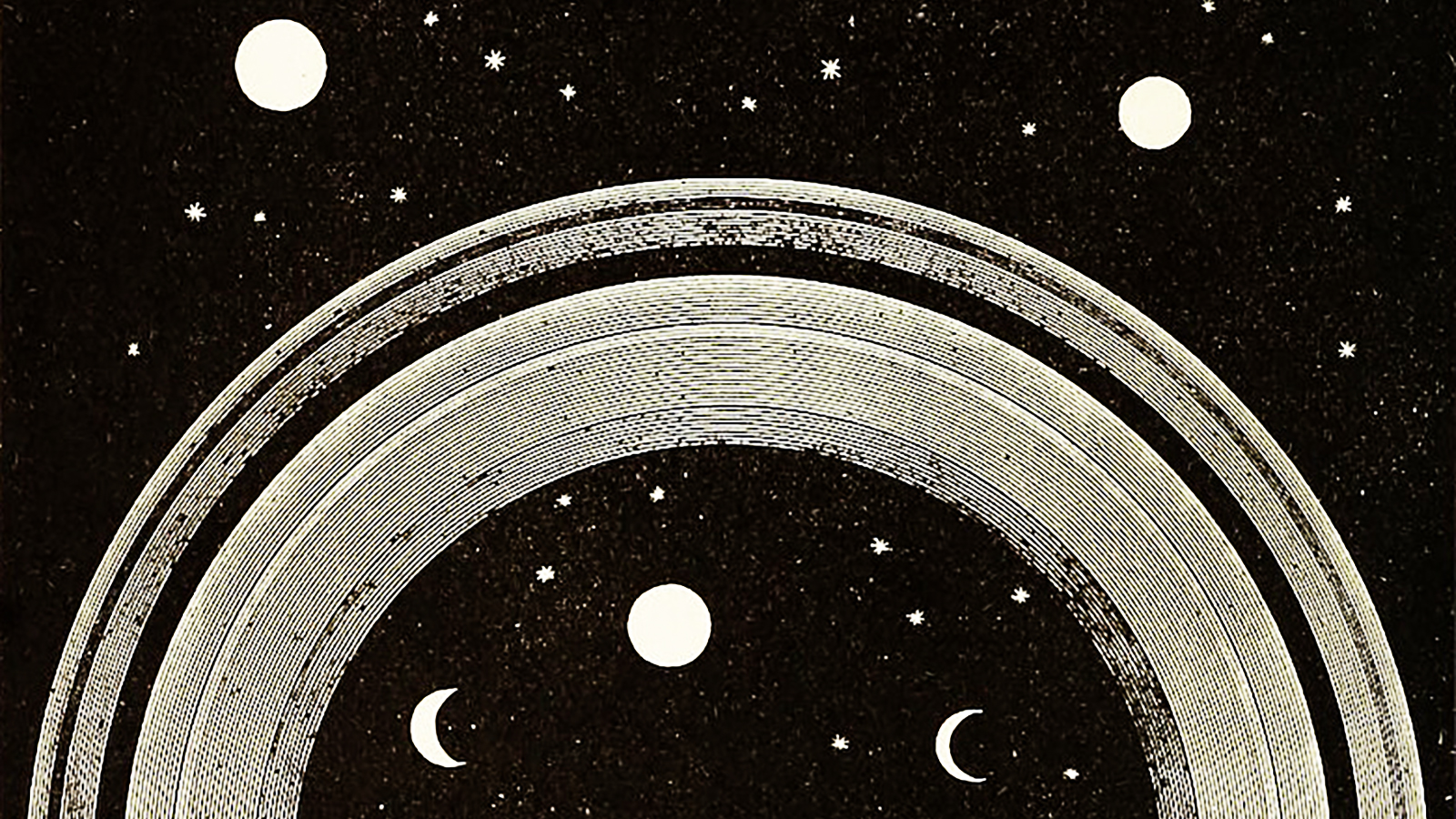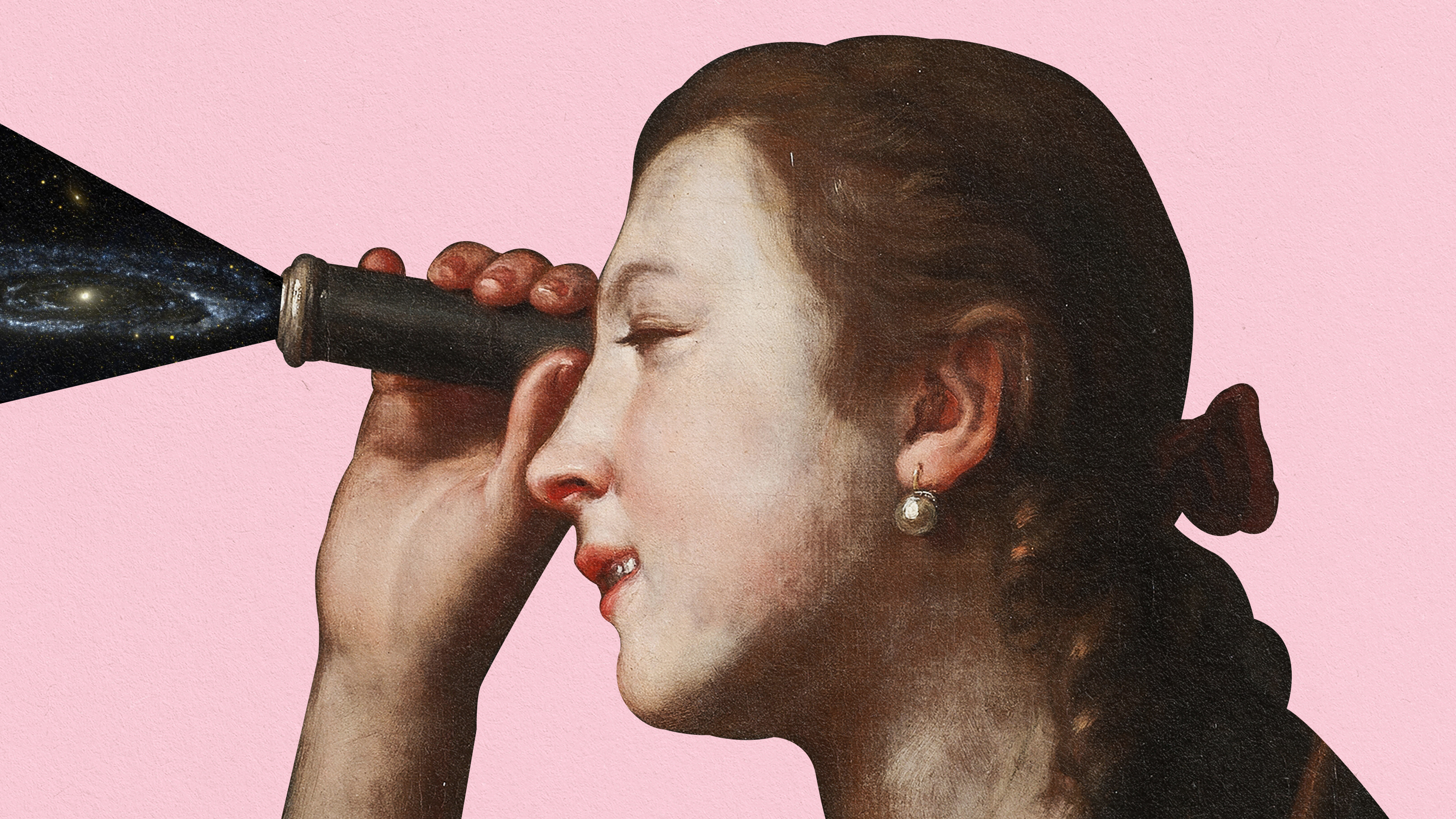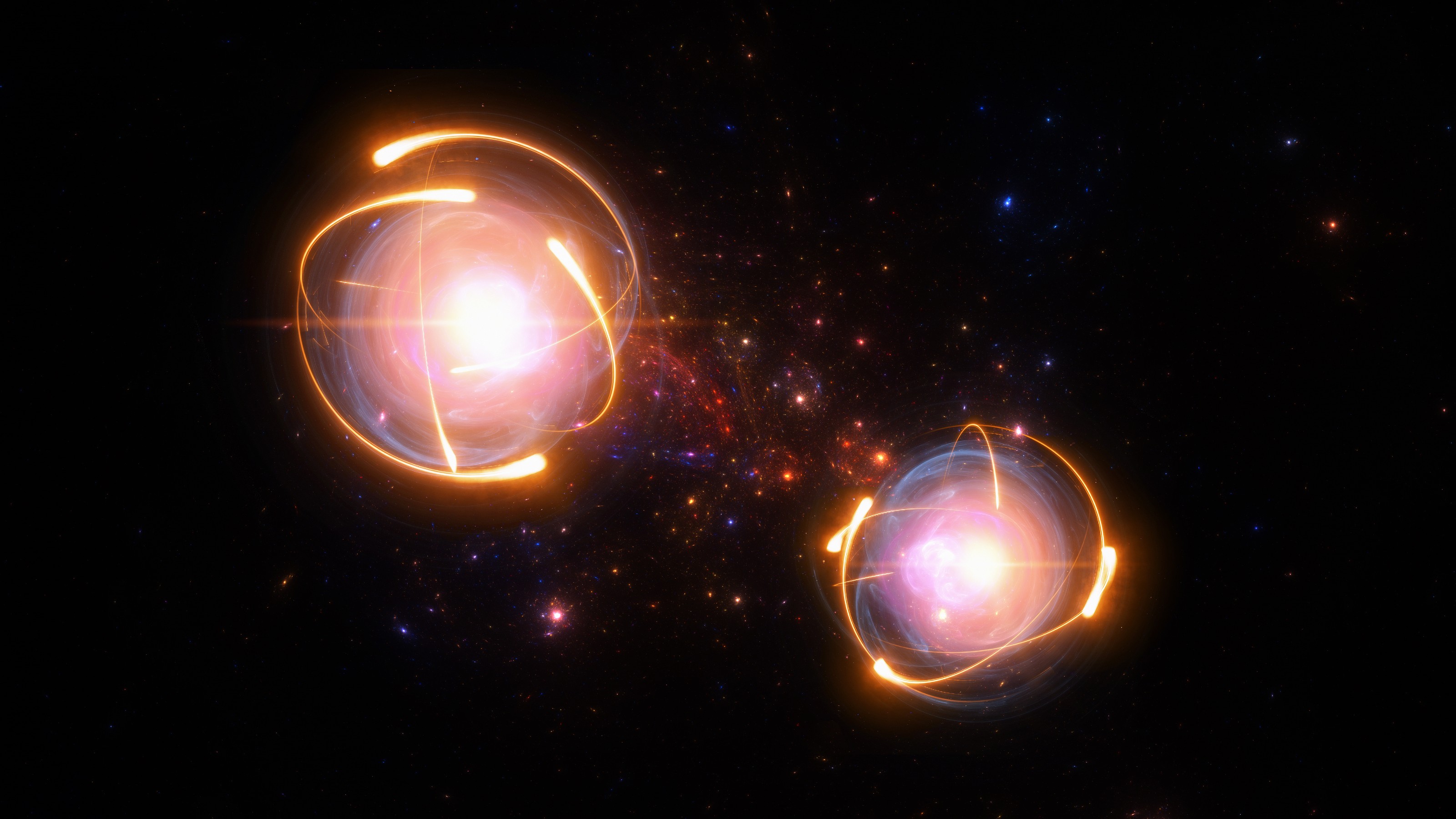To Einstein, nature had to be rational. But quantum physics showed us that there was not always a way to make it so.
Search Results
You searched for: albert einstein
When Einstein gave General Relativity to the world, he included an extraneous cosmological constant. How did his ‘biggest blunder’ occur?
The secret sauce is the real world.
Big Think talks to Konrad Feldman — founder of advertising tech innovator Quantcast.
Time gets a little strange as you approach the speed of light.
The original principle of relativity, proposed by Galileo way back in the early 1600s, remains true in its unchanged form even today.
According to Zena Hitz, the idea of the intellectual has become distorted. She believes “the real thing is something more extraordinary but also more available to us.”
▸
5 min
—
with
Light carries with it the secrets of reality in ways we cannot completely understand.
What we call “basic research” is actually the most cutting-edge. It underpins knowledge, and without it, technology does not come into being.
When the average person has a “theory,” they’re just guessing. But for a scientist, a theory is the pinnacle of what we can achieve.
A concept known as “wave-particle duality” famously applies to light. But it also applies to all matter — including you.
Nobody knows where the word “penguin” comes from.
Nobody actually knows what will come of AI. But we can console ourselves with the knowledge that nobody has ever really known anything about the future.
Albert Einstein and his theory of general relativity continue to amaze us to this day.
The idea of gravitational redshift crossed Einstein’s mind years before General Relativity was complete. Here’s why it had to be there.
Epigenetic entropy shows that you can’t fully understand cancer without mathematics.
The late philosopher suggested adding a couple of “Occam’s heuristics” to your critical thinking toolbox.
Unless you confront your theory with what’s actually out there in the Universe, you’re playing in the sandbox, not engaging in science.
The “first cause” problem may forever remain unsolved, as it doesn’t fit with the way we do science.
The space‑specific neurons in the owl’s specialized auditory brain can do advanced math.
Einstein’s theories of relativity faced fierce opposition. One critic claimed he was attempting to subvert the scientific method.
There’s the textbook answer, then there’s the real answer.
Everything acts like a wave while it propagates, but behaves like a particle whenever it interacts. The origins of this duality go way back.
Cosmologists are largely still in the dark about the forces that drive the Universe.
The central equation of quantum mechanics, the Schrödinger equation, is different from the equations found in classical physics.
Invisible cloaks. Ghost imaging. Scientists are manipulating light in ways that were once only science fiction.
“Once quantum mechanics is applied to the entire cosmos, it uncovers a three-thousand-year-old idea.”
Quantum mechanics has taught us that even empty space contains energy. “Negative energy” is the state of having less energy than empty space.
Scientists can make substantial progress without fully understanding exactly what they’re doing.
Quantum mechanics forces us to toss out the old, reliable ways in which we make sense of our everyday reality.

